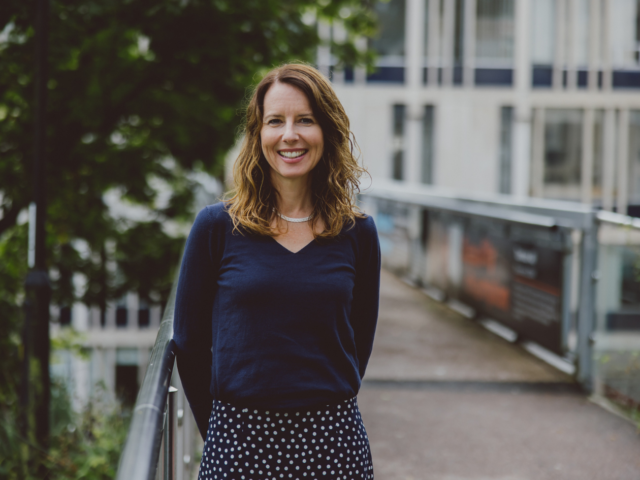Mixed mode data collection, where traditional face-to-face or telephone interviewer led questioning is combined with online surveys, has been implemented to try to improve retention rates, give participants more choice and reduce fieldwork costs, but how successful is mixed modes and what are the challenges longitudinal studies face in using them?
Published by CLOSER, the report considers the impact that mixing modes and measurement methods has on response, measurement issues and survey costs. It drew on evidence from the eight longitudinal studies within the CLOSER network, including Understanding Society.
One of the report’s authors, Professor Annette Jäckle, Director of Understanding Society’s Innovation Panel said, “As a field we have moved away from questioning whether we should use mixed mode data collection to asking how best to design mixed mode surveys.”
Professor Alison Park, Director of CLOSER, added, “The workshop and report are a great example of how different longitudinal studies can come together to add value to the discipline as a whole. As we continue to explore mixed mode data collection, it is important that we not only share findings with each other but also use experimentation to maximise our knowledge about how best to use mixed modes.”
The report was produced following a workshop held by CLOSER to discuss the subject in November 2016. Both were funded by a CLOSER Innovation grant awarded to Professor Michaela Benzeval and Professor Jäckle (University of Essex), and Professor Kate Tilling and Dr Andy Skinner (University of Bristol).
- Read Professor Jäckle’s blog on Why mixed modes are here to stay
- Download the Mixing modes and measurement methods in longitudinal studies
- Read details of the mixed mode workshop
Related links
- Tell us about your research
- Register for events and training
- Register for the Understanding Society newsletter
- Follow us on Twitter




